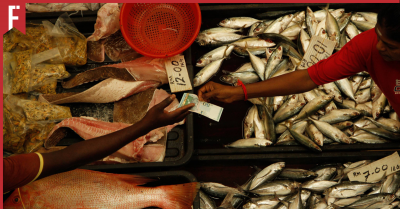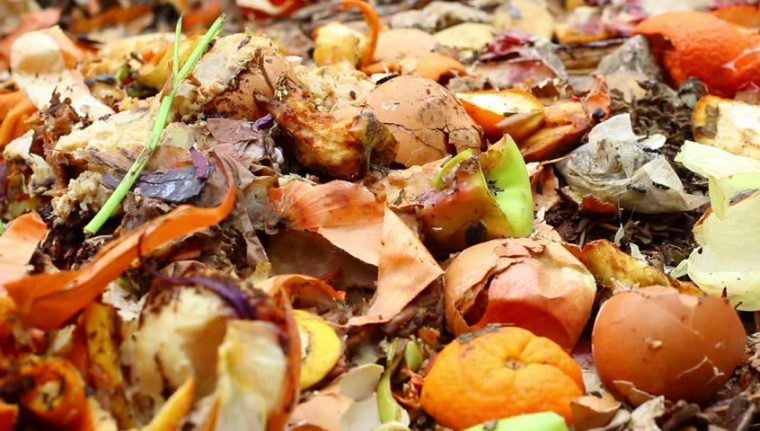
Food.
As Malaysians, we all know most of us live to eat. With the plethora of cuisines scattered across the Peninsular and East Malaysia regions, who can blame us?
All the times we go to a coffee shop and see all our favourites so we order anything and everything. Or when we’re at a buffet and it’s all-you-can-eat so you take enough food to get your money’s worth. And then… we don’t finish it.
As most of our Malaysian parents would dub it:
‘big eyes, small stomach’.
And we flash back to our parents telling us that there are so many children starving in Africa but here we are wasting food.
Be honest, how many of us took this seriously? Let’s face it, how can that much food from one person impact the people all the way in Africa so seriously?
Yet, we never thought about the repercussions of what it would do to those much closer to home.
One Man’s Waste, Another Man’s Means of Survival
The issue of food waste in Malaysia has seen an alarming rise in the past few years, even more so due to the COVD-19 pandemic and MCO. Remember the panic-buying escapade?
According to research done by the Solid Waste Management and Public Cleansing Corporation (SWCorp), Malaysians waste about 16,688 tonnes of food per day. To put things in perspective, that’s about enough food to feed approximately 2.2million people three meals daily!
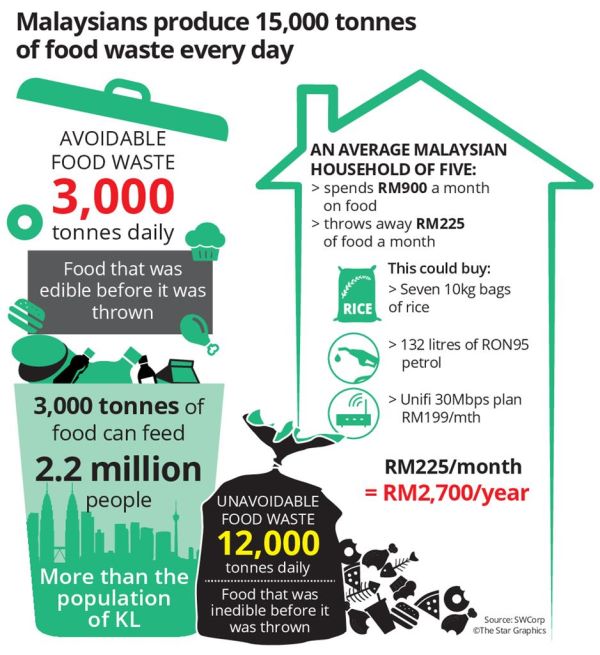
Need a bigger picture? The SWCorp also stated that by 2020 (which is this year, in case you haven’t noticed),
Malaysia will have produced enough food waste to fill 16 Petronas Twin Towers.
Now, here’s the pickle that we might be in. With the amount of food going to waste, that would mean that there’s enough food to go around for everyone, right?
According to the Global Health Index 2020, Malaysia ranks 59th out of 107 countries with a hunger level that is moderate. And although this might seem an ‘okay’ rank, surely there is more that we can do to ensure that our people don’t go hungry.
Year after year, we see PSAs and campaigns being done to bring awareness to the issue of helping the urban poor, as it is those who sit on or below the poverty line that are most affected by going without enough food or nutrition. But it’s time we admit to ourselves that it’s going to take more than a video or poster exploiting these communities for poverty porn to actually make a real change.
The Vertical Gardens of Babylon
Enter vertical farming.
In essence, it’s the practice of growing crops in vertically stacked layers. It is a form of controlled-environment agriculture, aiming to optimise plant growth and uses soilless farming techniques such as hydroponics, aquaponics, and aeroponics.
To find out more on what goes into it, we reached out to Stuart Thomas, co-founder of Babylon Vertical Farms, a home-grown agricultural and technological enterprise.
“Vertical farming is essentially trying to grow as much produce in a very small amount of space. You’re looking for high density growing designs and growing systems that will allow you to achieve the highest number of plants you can fit into the square area,” says the 26-year-old.
Based in Kuala Lumpur, Babylon Vertical Farms grows high quality hydroponic vegetables and herbs while emphasising on being as eco-friendly as possible in their farming processes.
“We started in 2016, and we’re one of the few back-to-front-end companies with experience all the way from R&D of crops, growing conditions and climate control for crops, to the production, setting up production systems, all the way to the front-end where we do market research and supply,” says Stuart.
A Shot in the Dark
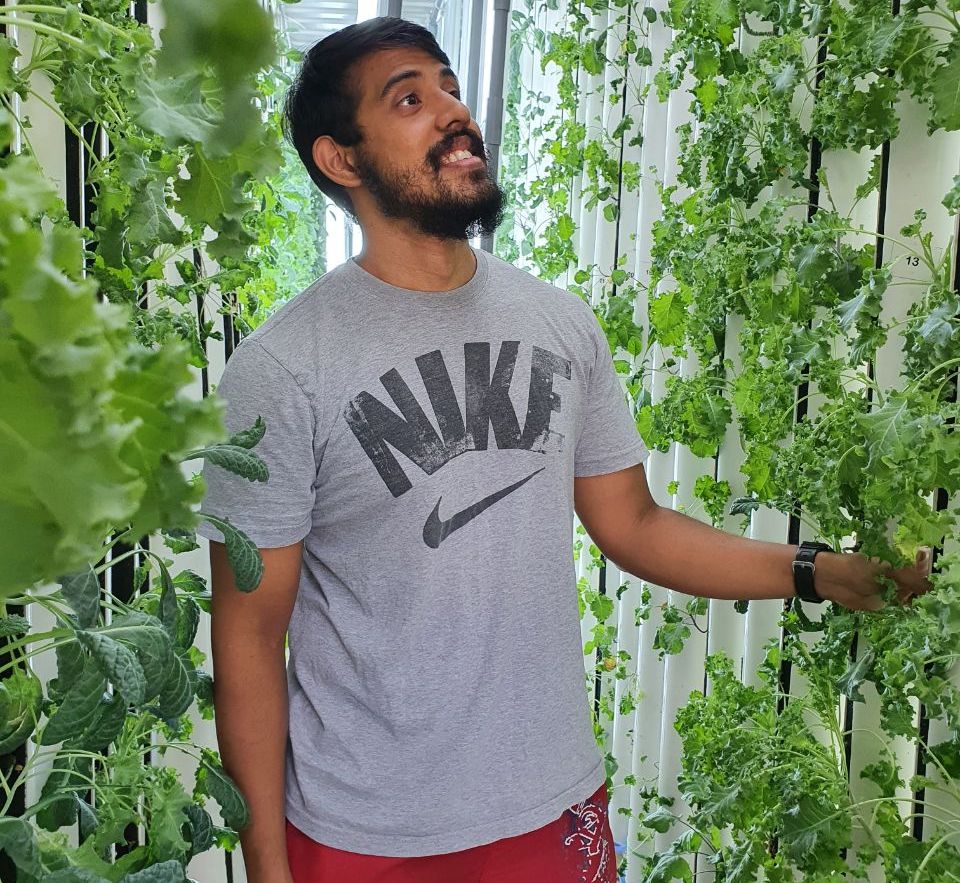
Although four years along now, Stuart’s farming journey began with an intrigue for piecing things together.
“I like building things a lot. To me, it’s the idea of constructing something that can grow food in an environment that is not meant to grow food. It’s like magic and science together!”
Before the farm life, Stuart was headed in a pretty different direction, taking an ACCA accounting course in Sunway College.
“I wasn’t faring too well in the course. I wouldn’t say I wasn’t motivated to study but after a while it became chore-like. Then one of the semesters my dad just said ‘okay, why don’t you just take a break for a little while’, and I went to work for my parents,” says Stuart.
It was during this time that Stuart had a little epiphany to pursue something that he’s passionate about and would enjoy doing. With the Malaysian Global Innovation & Creativity Centre (MaGIC) startup accelerator programme and his prior research into vertical farming, Stuart decided to go for it.
“I figured, how about I just pitch for this and say ‘Hey I want to do vertical farming in Malaysia’, come up with a business model and the works. We got accepted into it in April 2016. The programme is about 3-4 months, and the moment we were done, MaGIC gave us funding from the Ministry of Finance, a grant fund that was about RM30,000 per startup,” he said.
While it might have seemed to be a great start to his new venture, telling his parents proved to be a bit more daunting.
“Obviously being from an Asian family, they just went ‘No. Do you know how much shame you will bring and dishonour your family?’ I felt like Mulan for a moment there, you know,” he jokes.
“My dad runs his own business so he was a bit more okay with it. It was mostly my mum and grandmother going ‘What am I gonna tell my friends, that you didn’t graduate? Are you kidding me?’ But you know Asian family members, the moment you start appearing on TV or in newspapers then it kind of makes up for it. Then they can bring these magazines to give to their friends and say ‘Hey, look at my son!’”
The Growth Conditions
Now the idea of vertical farming is exactly what it is, but a lot goes into the planning of building its system. Essentially there are two types, horizontal plates and vertical plates systems, each with their own challenges.
To break it down, it boils down to these things:
-
How much air flow are the plants able to get
-
What kind of quality lights they’re getting
-
Nutrient profiles in the water
-
The use of hydroponics, aquaponics or aeroponics
-
The breakdown of macro and micro nutrients according to the crops
“It helps adjust the flavour to whatever the market demands, that way you don’t grow something the market doesn’t want. You’ll end up overproducing and contributing to global warming and we don’t want that,” says Stuart.
Speaking of overproducing.
The Issue (not) on the Dinner Table
Which brings us back to the food waste problem.
Overproduction occurs when suppliers produce more goods than is necessary for the average population’s consumption. Given that fresh foods and produce are classified as perishables, consuming it once they’ve gone bad is out of the question. That in turn leads to throwing out the food, therefore wasting it.
But how can we be overproducing and yet people are still going hungry?
“We already have the capacity to feed the current world population. But people still go hungry because of the unequal distribution of food. You end up having available food per capita that’s three-to-four-times more in urban areas, which is unnecessary, versus less than one point zero in rural areas or third world countries for example,” explains Stuart.
Now, here’s where vertical farming could potentially come in and help.
“The goal here is trying to figure out how to grow something that’s not just nutritionally sound but also filling. Right now, we have a segment for growing microgreens which are super baby stage plants. It’s very nutritionally dense,” he says.
“If you ate that alone with no other vegetables, or rather as a replacement of your leafy greens in your diet, you’d be able to hit your nutrient levels just from this alone already. It’s easier to grow, and the cost isn’t super extensive. The downside to it is that it’s not very filling. It’s not calorie heavy. You get your nutrients but you don’t feel full.”
The other downside is that it’s catered mostly to high-end restaurants. For those who need to stretch their dollars, ensuring their stomachs are full tends to place a higher importance than getting the right nutrients in their bodies.
Stuart and his partners are currently working with several government agencies on how they can grow fruity crops and crops that are highly nutritious, yet filling.
“At the end of the day, we want to try and make the economy a bit more inclusive, otherwise we’re going to stretch it to the point of where we are trying to produce food for wealthy people, and the greater the income inequality stretches, fewer people are going to be wealthy, you end up contributing to a reducing market size,” says Stuart.
“The idea is that, as the world moves forward, you don’t want to produce too much to the point that people don’t want to consume it, and you don’t want to produce too little that there’s isn’t enough food to go around.”
“The ideal situation is you put in the resource one point zero, you get the same output or maybe slightly higher, so it matches the amount of consumption. You don’t overproduce so you don’t end up having rotting food and the likes that contributes to CO2 and greenhouse gasses in the atmosphere,” he continues.
The Downside of Growing Upwards
Of course, there are downsides to it, as with everything. As urban farming is something that is done indoors, it relies on the consumption of electricity. Powering up the system requires energy from the grid, and this proves counterproductive.
“The goal is to build controlled environment farms that not only are we able to produce food sustainably, but also the energy that we’re consuming in order to produce it is sourced from renewable resources,” states Stuart.
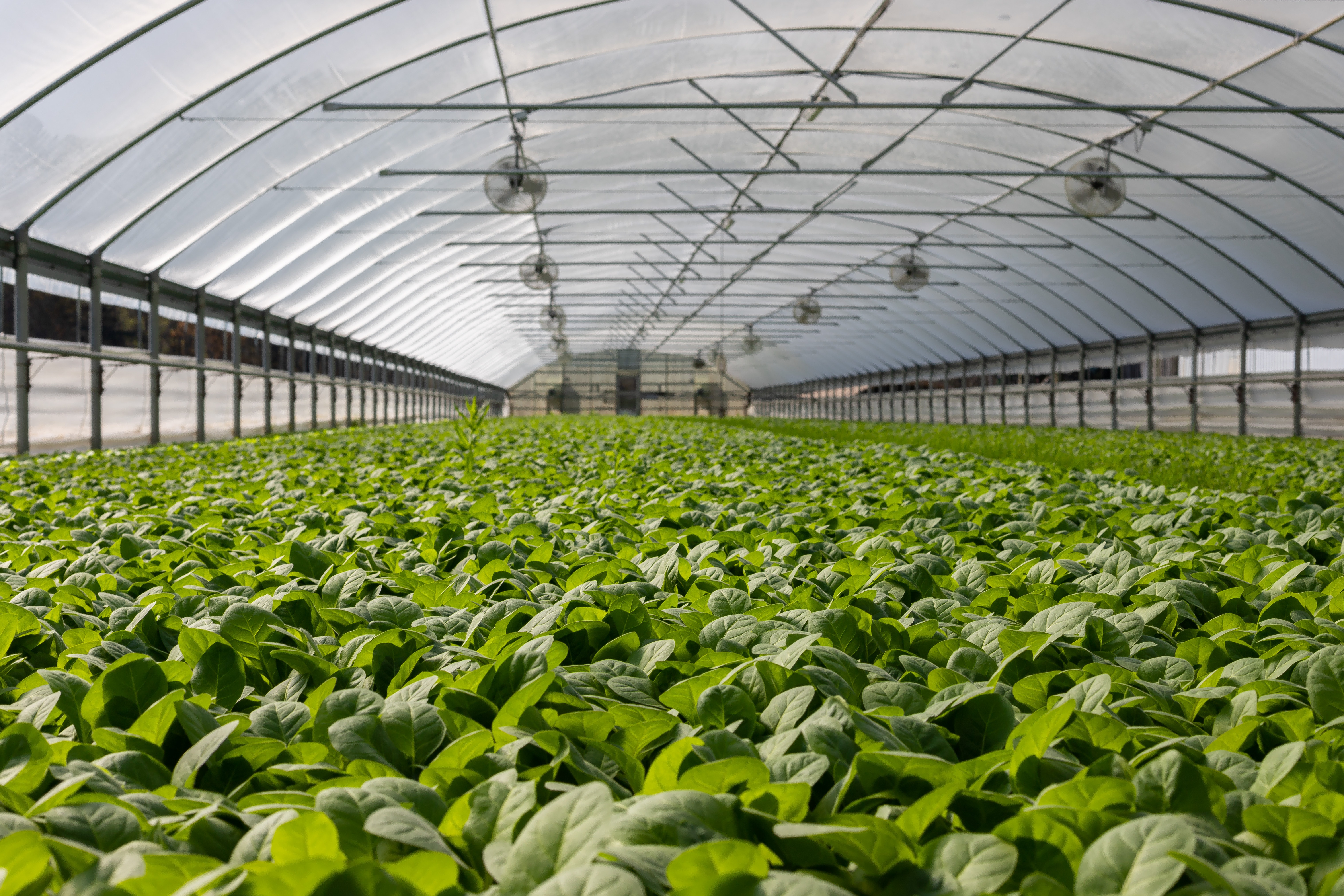
It is an ever-evolving process that requires a certain amount of maths involved. Of course, the use of these renewable resources are subjective to the type of crops that you’d want to grow. Take chillies for example. Chillies require a certain temperature for the heat to develop. It wouldn’t really make sense to urban farm chillies in Malaysia when we’re forever complaining about how hot it is, right?
How Far You’ll Grow
Nowadays, more and more people are opening their eyes to the possibilities of urban agriculture. Although it might have its fair share of pitfalls, with the right systems in place and the right people to execute them, they just might be the answer in getting a grip on the food waste and hunger issues here in Malaysia.
When asked what the future looked like for Babylon Vertical Farms, Stuart jokingly replied:
“Can I get back to you in two months?”
His hopes however, shine a brighter light for the company and for the betterment of Malaysians.
“I would hope that we will continue growing, adapting, and be a leader in the industry. We are one of the rare companies that has had experience handling everything from back end all the way to front end. Whether it’s people who want to build their own farms, or people who want to buy fresher, cleaner produce, we want to be able to help provide that,” says Stuart.
“We just want to show people that yeah, it’s possible and there’s a smarter way to grow food, a cleaner and safer way to do it locally, rather than importing, so you improve food security for Malaysia, and you can do it consistently where you’re not prone or subject to terrible weather conditions.”
While it is no secret that agriculture and food wastage contribute to global warming and climate issues, here’s something that might be an unexpected contributor to that too.








